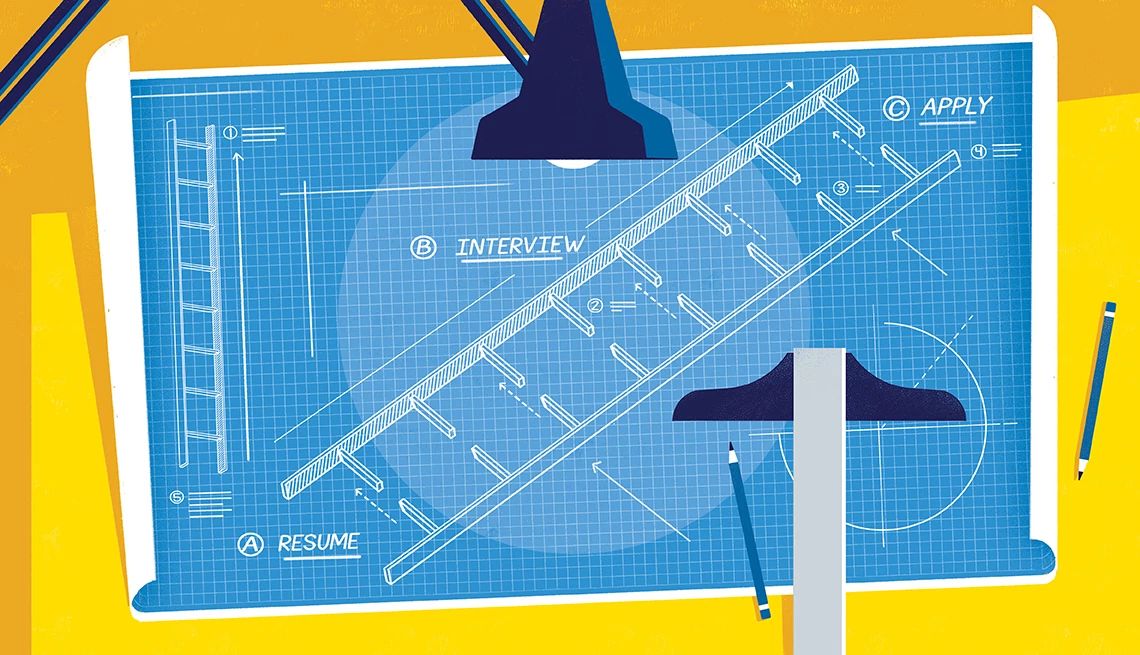AARP Hearing Center
CLOSE ×
Search
Popular Searches
- right_container
- Health
- Money
- Work & Jobs
- Advocacy
- Social Security
- Medicare
- Caregiving
- Games
- Travel
- More...
- Entertainment & Style
- Family & Relationships
- Personal Tech
- Home & Living
- Auto
- Staying Sharp
- Podcasts
- Videos
Posted on 07/15/24
by Edward C. Baig
This article originally appeared on AARP.org in July 2024
AARP Events for Bryant
-
Boost Your Balance, Strengthen Those Joints!
Monday, Dec 29, 2025 at 10:00 a.m. CT
Zoom
Online Event
-
Get Fit With Chair Exercises for All Levels
Monday, Dec 29, 2025 at 10:00 a.m. CT
Facebook and YouTube
Online Event
-
Sit to Fit: Seated Exercises for All Levels
Tuesday, Dec 30, 2025 at 10:00 a.m. CT
Facebook and YouTube
Online Event

Only $15 your first year
with Automatic Renewal
with Automatic Renewal
- Immediate access to your member benefits
- Discounts on travel and everyday savings
- Subscription to AARP The Magazine
- FREE second membership
Join AARP
Already a member? Renew or
Print Card
































































